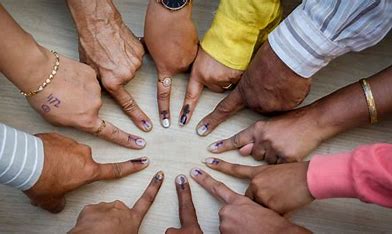
According to a new study, people with stroke may receive treatment with clot-busting drugs based on socioeconomic variables including occupation, neighborhood, and education. The study concentrated on patients with ischemic stroke, which is the most prevalent kind of stroke brought on by a disruption in blood supply to the brain.
“Any obstacles that impede individuals suffering from stroke from accessing clot-busting medications, also referred to as thrombolytic therapy, may have disastrous outcomes,” stated Chanaka Nadeeshan Kahathuduwa, MD, PhD, MPhil, a member of the American Academy of Neurology and author of the study, Texas Tech University Health Sciences Center in Lubbock.
“Our study found that several factors like race, insurance status, where a person lives, and other social determinants of health impacted whether a person received this crucial treatment.”
63,983 Texas residents who had ischemic stroke and were found in public health records were included in the study. Sixty-seven percent of individuals identified as white, eighteen percent as black, and twenty-seven percent as Hispanic; however, several participants identified as multiple racial or ethnic groups. Researchers discovered that 7,198 people, or 11%, were given medications that broke blood clots.
The socioeconomic determinants of health, such as access to healthcare, housing, education, and money, were then examined by the researchers. They employed the Social Vulnerability Index and U.S. Census data to rank individuals according to these criteria. Participants were split up into four groups.
1,037 of the 7,930 individuals in the group who were determined to have the least disadvantage were given clot-busting medication.















